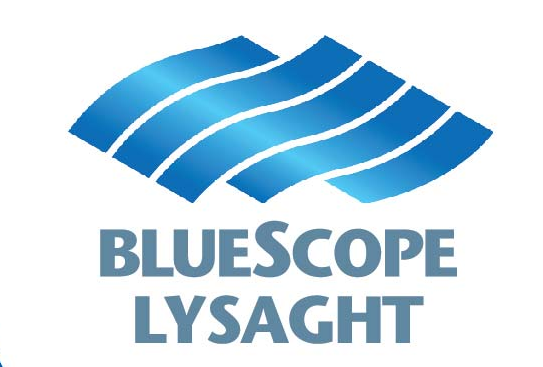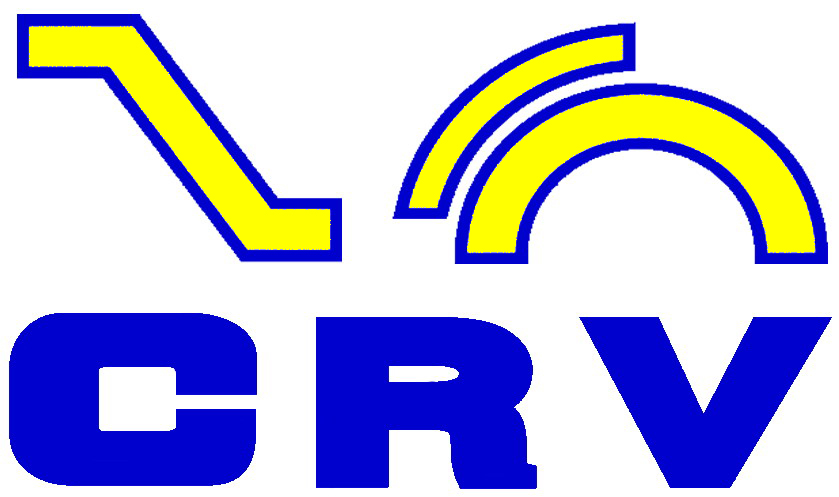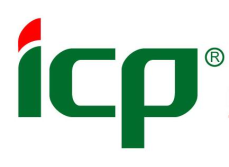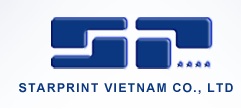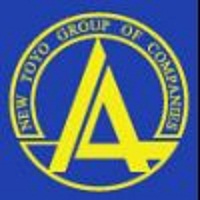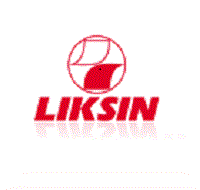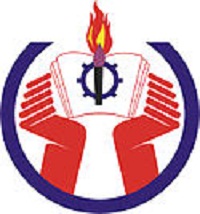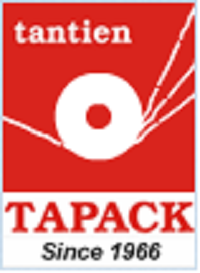
Tài liệu Bảo trì Có kế hoạch Planned Maintenance
Tổng quan PM Planned Maintenance
Bảo trì có kế hoạch PM Planned Maintenance là một chương trình bao hàm các hoạt động có Phương pháp nhằm xây dựng một Hệ thống bảo trì cải tiến liên tục nhằm:
- Tối đa hoá sự sẵn sàng của thiết bị.
- Kéo dài tuổi thọ thiết bị.
- Loại trừ hư hỏng.
- Giảm thiểu chi phí bảo trì
Mục tiêu:
Áp dụng kỹ thuật bảo trì đúng nhằm đảm bảo thiết bị, qui trình luôn trong trạng thái sẵn sàng (zero failures) với chi phí thấp nhất.
Các hoạt động chính:
- Phân tích các hư hỏng trên thiết bị và tìm nguyên nhân chính.
- Huấn luyện/Chuyển giao các kỹ năng/kiến thức bảo trì/kỹ thuật cho NVVH (Hỗ trợ AM)
- Hướng dẫn các qui trình/hoạt động, đưa thiết bị về tình trạng cơ bản (Hỗ trợ AM)
- Thực hành các kỹ năng bảo trì tốt nhất: Preventative maintenance, Maintenance prevention, Corrective maintenance.
- Hỗ trợ thực hiện các kỹ thuật cải tiến thiết bị/qui trình (Kaizens).
- Huấn luyện và phát triển kỹ thuật viên: NVVH là những kỹ thuật viên bảo trì.
Kết quả mong đợi:
Giảm hư hỏng trên thiết bị/qui trình, giảm thời gian sửa chữa, cải tiến sự sẵn sàng và độ tin cậy của thiết bị/qui trình, giảm chi phí bảo trì, cải tiến các tiện ích phụ trợ.
1- Các hình thức bảo trì có kế hoạch PM Planned Maintenance:
2- Mục đích của bảo trì có kế hoạch PM Planned maintenance
- The purpose of Planned Maintenance is to:
- Create the capability to achieve optimal equipment and process conditions in a manner that is efficient and cost effective
- Said another way, the purpose of the pillar is:
- To assure the functions of the equipment are satisfactory whenever the equipment needs them
- At minimum cost
- In order to accomplish the pillar purpose, the of the activities are to:
- Maximize equipment availability
- Extend equipment component technical life
- Efficient, cost-effective maintenance
- The Planned Maintenance Pillar range of responsibility includes the prevention of failures and problems in the following broad areas, when they are beyond the capability of the operating team:
- Equipment failures
- Process control problems
- Quality abnormalities
- Minor stoppages
- Excessive material usage or recycle
- Capacity/rate reductions
- Safety & environmental problems
- Utility problems
- Building & infrastructure problems
3- Các hoạt động chính của bảo trì có kế hoạch PM Planned maintenance
Planned Maintenance is the methodical, deliberate activity of building and continuously improving the maintenance system to achieve the purpose and goals of Planned Maintenance.
The key words are methodical and deliberate.
Methodical means that actions are taken in an orderly, systematic way. Planned Maintenance activities follow very rigorous steps that first build the basic foundations, and then move to higher levels. This is in contrast to historical maintenance where activities are taken on in a random set of activities based on available tools & techniques, often attempting to do activities for which the organization is not prepared to optimize due to lack of foundational elements, including skills, systems, etc.
Each Planned Maintenance step has an audit which requires completion before an organization is prepared to concentrate attention on higher steps. While the business situation or existing systems and skills may require/permit activities in the higher steps before completion of lower steps, it must be recognized that the full power of these higher step activities will not be obtained until the foundational elements are successfully completed.
Planned Maintenance implementation follows the below steps:
1. Evaluate Equipment and Understand Conditions
2. Reverse Deterioration & Correct Weaknesses (support Autonomous Maintenance)
3. Build a Computerized Information Management System
4. Build a Periodic Maintenance System
5. Build a Predictive Maintenance System
6. Evaluate the Planned Maintenance System
Deliberate means that actions are carefully considered, studied, and intentional. At each step of Planned Maintenance development, careful consideration is given to the business needs and then to the total system required to fulfill the next Planned Maintenance step.
In each step of the Planned Maintenance Pillar the following systems are carefully considered and actions are undertaken, consistent with the level of capability as expressed in the above 6 steps:
1. Shop Tools and Facilities System
2. Equipment Ranking System
3. Planning and Scheduling System
4. Shutdown Maintenance System (where appropriate)
5. Lubrication Management System
6. Maintenance Cost System
7. Maintenance Management Information System
8. Parts & Supplies Control System
9. AM Support System
10. Countermeasures to Breakdowns System
11. Maintenance Standards and Procedures System
12. Predictive Maintenance System
4- Sự khác nhau giữa bảo trì có kế hoạch PM Planned Maintenance và bảo trì truyền thống
The most fundamental difference between Planned Maintenance & traditional maintenance is the rigorous, step-by-step development of total maintenance capability, that insures that foundational elements are well established before developing higher level tools, systems, or techniques which can not be effectively applied without establishing capability at more fundamental levels. For example, attempting to establish a time-based maintenance program before restoring equipment will require excessive time and energy and will return little benefit.
Planned Maintenance also has the following differences from traditional maintenance programs:
- Extending equipment component life through redesign, re-specification, or improved maintenance practices
- Extending equipment component life through redesign, re-specification, or improved maintenance practices
- Failure recurrence prevention
- Zero breakdowns (root cause definition)
- Cost reduction through mean time to repair (MTTR) activities
- Maintenance prevention on new equipment installations (maintenance free concepts)
- Diagnostics for time based savings of maintenance tasks
- Inventories based on equipment ranking, lead times for delivery of parts, planning process, and standardization of parts
- Ranking equipment and components
- Driving daily maintenance to operating teams
- More integrated approach with storerooms
- Efficiency improvement of maintenance systems.
5- Sự khác nhau giữa bảo trì có kế hoạch PM Planned Maintenance và bảo trì tự quản AM Autonomous Maintenance
Autonomous Maintenance will focus on Normal Operation of equipment, Daily Maintenance, and quick discovery of undesirable conditions. Autonomous Maintenance and Planned Maintenance will share responsibility for periodic checks of the equipment, preventing recurrence of failures, corrective maintenance -reliability items, and the development of conditioning monitoring.
Planned Maintenance will be responsible for Periodic Maintenance (Time Based maintenance), Predictive Maintenance (Condition Based Maintenance), and all the remaining Corrective Maintenance activities.
6- Mô hình tháp bảo trì có kế hoạch PM Planned Maintenance đáp ứng nhu cầu kinh doanh của doanh nghiệp:
7- Kết quả bảo trì có kế hoạch PM Planned Maintenance qua các giai đoạn triển khai:
Nhìn vào biểu đồ chúng ta nhận thấy, qua từng bước thực hiện PM, tuổi thọ thiết bị ngày một tăng lên:
Cụ thể:
- PM bước 1 + 2: Đẩy hư hỏng về cuối tuổi thọ thiết bị, trong giai đoạn đầu thiết bị hoạt động ổn định dưới sự giám sát của bộ tiêu chuẩn CIL được thực thi bởi nhân viên Cơ Điện và nhân viên vận hành (nhân viên vận hành tham gia giám sát thiết bị).
- PM bước 2 + 3: Tuổi thọ thiết bị được kéo dài ra (parapol nhỏ được dịch chuyển ra xa trục tọa độ). Nhờ thực hiện cùng lúc việc ngăn ngừa hư hỏng từ dấu hiệu ban đầu (thiết lập điều kiện làm việc tốt nhất) nên tuổi thọ thiết bị sẽ được kéo dài, bảo trì định kỳ sẽ đươc thực hiện đơn giản, nhanh và chính xác.
- Tương tự như vậy, PM bước 4,5 thiết bị sẽ ổn định, hư hỏng sẽ được kiểm soát. Chi phí bảo trì sẽ nhỏ nhất.
8- Xây dựng 12 hệ thống DMS qua 6 bước triển khai bảo trì có kế hoạch PM Planned Maintenance:
MỘT VÀI SỐ LIỆU THAM KHẢO
* Ghi chú: Các số liệu dưới đây là kết quả các dự án TST hỗ trợ tư vấn triển khai cho khách hàng. Các kết quả nầy đều được BLĐ công ty đóng dấu và xác nhận. Các thông tin nầy đều đã thoả mãn thời hạn TST cam kết giữ bí mật kinh doanh với khách hàng.
Chủ đề giảm chi phí bảo trì
- MTBF: So sánh năm 2013 và 2014
- Chế Bản: Từ 719h lên 1370h => tăng 90,5%
- In: Từ 219h lên 265h => tăng 21%
- Ghép: Từ 100h lên 133h => Tăng 33%
- Chi phí bảo trì: So sánh năm 2013 và 2014: Giảm từ 12.835.434.998 vnd xuống còn 5.659.222.231 vnd => giảm 56%
Chủ đề tăng Hiệu suất thiết bị nhà máy OEE - Overall Equipment Effectiveness
- Dây chuyền Roaster: OEE tăng từ 53,99% lên 59,21%
- Dây chuyền mạ nikel: OEE tăng 17%
- In: OEE tăng từ 53% lên 57,8%
- Ghép: OEE tăng từ 68% lên 75%
- Thổi: OEE tăng từ 75% lên 86%
- Chia cuộn: OEE tăng từ 45,2% lên 45,5%
- Làm túi: OEE tăng từ 72% lên 84%
- Chế Bản: OEE tăng từ 44% lên 63,15%
Chủ đề giảm thời gian dừng thiết bị do hư hỏng
- Dây chuyền Roaster: Từ 2.022 phút/tháng xuồng còn 1.556 phút/tháng => Giảm 23%
- Dây chuyền CD74-6: Từ 16.410 phút/6 tháng xuống còn 6.500 phút/6 tháng => Giảm 60%
- Nhà máy In: Từ 39.243 phút/6 tháng xuống còn 16.605 phút/6 tháng => Giảm 57,7%
- Nhà máy Ghép: Từ 550.000 phút/6 tháng xuống còn 420.000/6 tháng => Giảm 22,3%
- Nhà máy Thổi: Từ 10.380 phút/6 tháng xuống còn 2.195 phút/6 tháng => Giảm 78%
- Nhà máy Chia Cuộn: Từ 5.865 phút/6 tháng xuống còn 1.100 phút/6 tháng => Giảm 80%
- Nhà máy Làm Túi: Từ 10.810 phút/6 tháng xuống còn 7.325 phút/6 tháng => Giảm 32%
- Nhà máy Chế Bản: Từ 49,81 % xuống còn 41,03% => Giảm 8%
------------------------------------------------------
Ông: Nguyễn Đình Cương.
Chuyên viên Tư vấn Lean - TPM, công ty Tư vấn TST VN.



